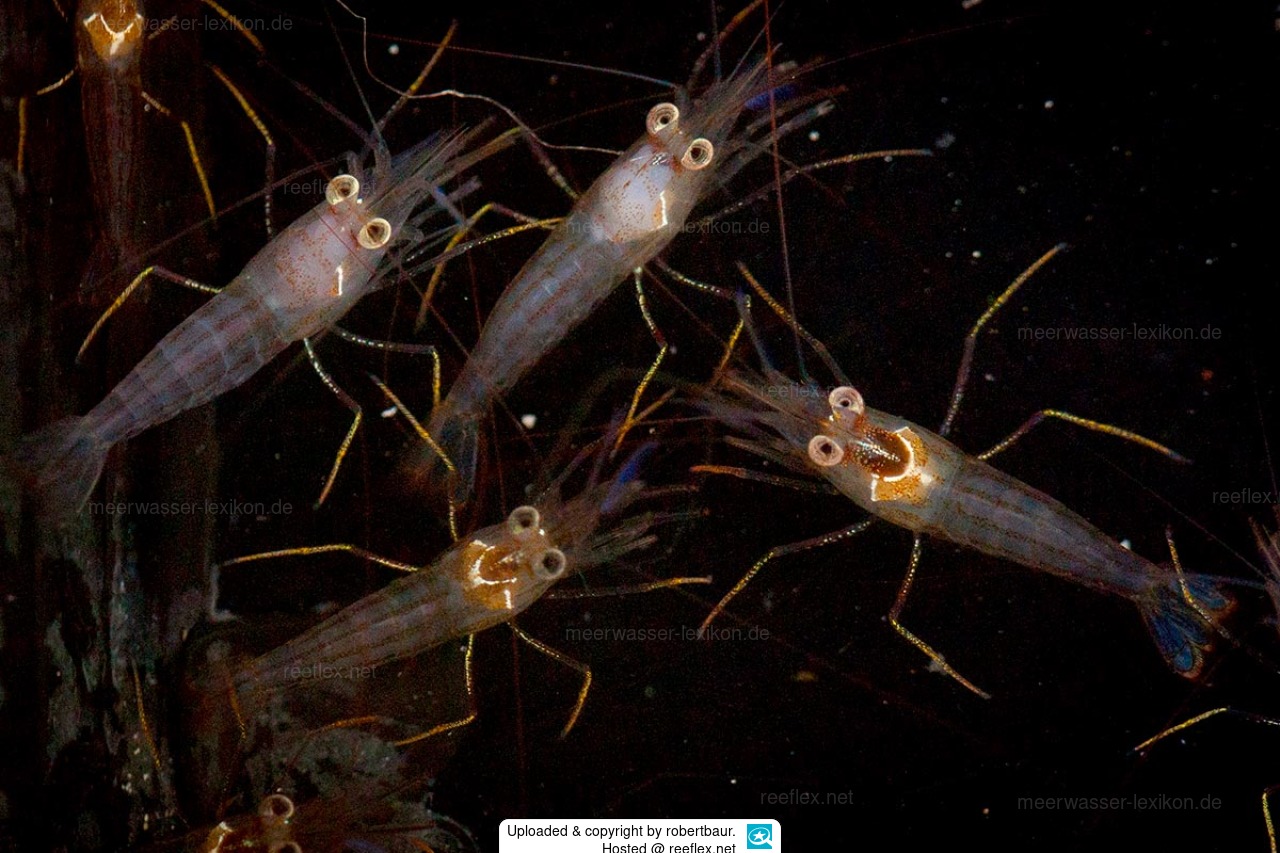Info
Lysmata jundalini: a captive-bred first from Bocas Mariculture
Captive-breeding breakthroughs in the world of marine aquarium fish are not an everyday occurrence, but when you’re presented with a brand-new captive-bred invertebrate that is new to the aquarium industry, that deserves some attention! Glancing through a recent wholesale availability list from Florida-based Biota Aquariums, I was surprised to see new offerings from Panama-based Bocas Mariculture. This company is run by Till Deuss.
A New Champion in the War on Aiptasia :-)
First, there are its unique, pleasing aesthetics. “The species is quite a bit more attractive than other species of peppermint shrimps, having golden legs, a conspicuous blue spot on the coxa between the pereiopods, and blue shimmer on the antennular flagellums.”
Bocas Mariculture founder Till Deuss.
These small shrimps will be sought out for their pest-control abilities. Says Deuss, “I have kept and cultured several other species of peppermint shrimps in the past, and in my experience L. jundalini seems to be particularly efficient in controlling problematic Aiptasia anemones. This could be due to the Aiptasia being from the same geographic area; of course, I have not conducted scientific experiments comparing the different species. But they certainly do a great job in my systems.
“Apart from devouring Aiptasia anemones, they will also act as scavengers and eat leftover food and other items they will find in an aquarium. I have not seen or heard about L. jundalini bothering other anemones or corals. Like other species of the genus Lysmata, L. jundalini is a protandric simultaneous hermaphrodite. They can be kept singly, in ‘pairs,’ or in groups. For Aiptasia control, I used to recommend 4-6 shrimps per 100L (approx. 25 gallons); for prophylaxis, 2-4 shrimp per 100L.”







 robertbaur
robertbaur


































